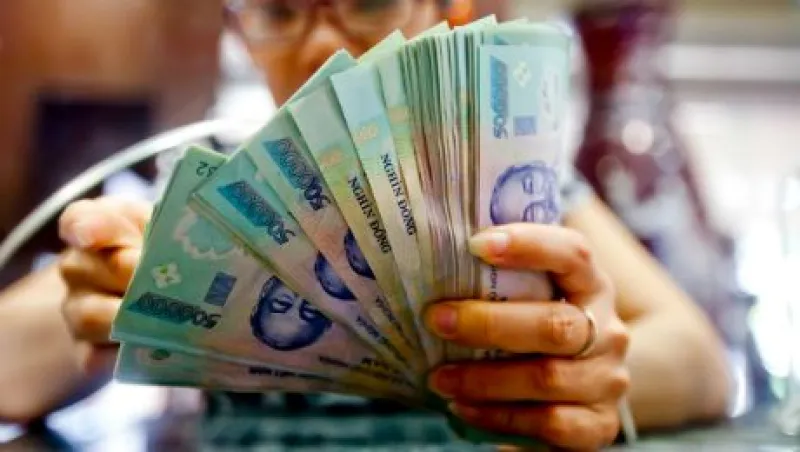
Daily Agenda: Emerging-Markets Currency Volatility Makes Waves
Norway’s sovereign wealth fund posts quarterly loss; Germany’s parliament ratifies Greek bailout; copper reaches six-year low.
Andrew Barber
August 19, 2015


